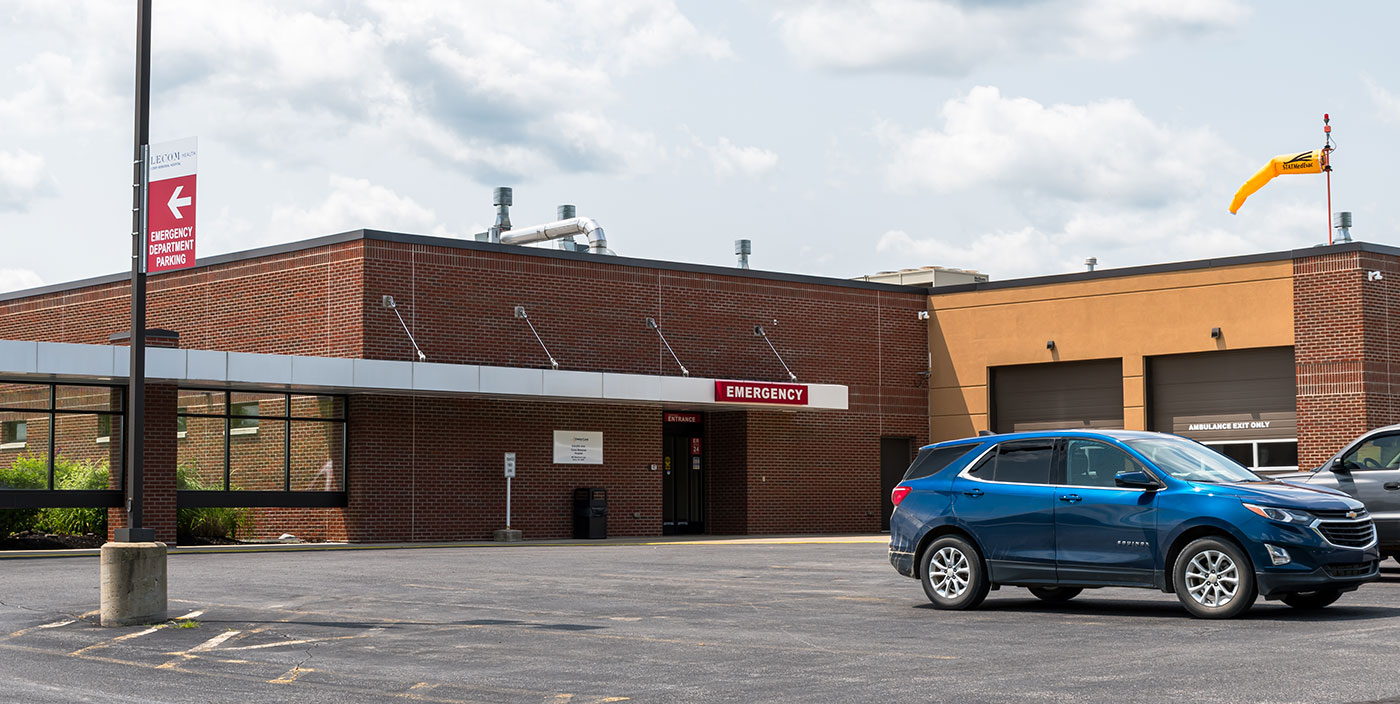Health Affairs Study: One-Third of Doctors Won't Accept New Medicaid Patients
I’ve written often of the problems with Medicaid, America’s government-run health care program for the poor. The program pays doctors a fraction of what private insurers pay, which leads doctors to stop seeing Medicaid patients. Medicaid patients’ lack of access to health care, in turn, leads to substandard health outcomes. This week, a new study published in the journal Health Affairs confirms what common sense should have already told us: when you pay doctors less, you get less access to health care.
The Health Affairs study was conducted by Sandra Decker, an economist at the National Center for Health Statistics, a unit of the Centers for Disease Control. Decker pulled data from the CDC’s 2011 National Ambulatory Medical Care Survey in order to calculate the percentage of physicians who accept new patients, based on patients’ insurance status. She found that primary care doctors were 73 percent more likely to reject Medicaid patients relative to the privately insured (34 percent rejection rate vs. 20 percent) and specialists were 63 percent more likely to reject Medicaid patients (28 to 17).
As you can see from the chart, Medicare patients have worse access to primary care physicians, because Medicare’s fees are also decreasing over time, but Medicare patients enjoy superior access to specialists, because specialists are best suited to taking advantage of Medicare’s fee-for-service reimbursement system.
The best performing group, by far, were uninsured patients who pay for care out-of-pocket. Doctors love being paid in cash, because they avoid the hassle of filling out insurance forms when they get paid that way. It’s for this reason that many uninsured Americans have better access to health care than people on Medicaid.
Decker’s results, which come from a survey of 4,326 physicians, are comparable to a 2008 survey of 4,700 doctors that found that physicians were six times as likely to reject new Medicaid patients relative to those who were privately insured. The differences between the numbers in the two studies have to do with survey methodology; the 2008 survey asked doctors if they accepted "all, most, some, or no" patients, whereas the 2011 survey simply asked a yes-or-no question.
But Decker’s most useful contribution is that she breaks out the patient acceptance data on a state-by-state basis. The best showing was by Wyoming, where 99.3 percent of doctors were willing to accept new Medicaid patients. In last place was New Jersey, with 40.4 percent. The five next-worst states were California (57.1%), Florida (59.1%), Connecticut (60.7%), Tennessee (61.4%), and New York (61.6%). I’ve assembled her data onto a map, color-coded by decile. (You can click on the next three charts to enlarge them.)
Notably, most states with poor Medicaid physician access are also notorious for paying doctors poorly. Last month, I described a 2008 Urban Institute study that broke out Medicaid reimbursement rates on a state-by-state basis. Notice a pattern?
Decker has taken my visual analysis to its logical conclusion, by quantifying the correlation between Medicaid fees, as elucidated by the Urban Institute work, and the physician acceptance rates from her own study. Decker found that a 10 percentage-point increase in the ratio between Medicaid and Medicare fees—a 12.5-percentage-point increase relative to private insurance—correlated to a 4 percentage-point increase in doctors’ acceptance rates.
Unsurprisingly, the best-paying states, like Wyoming and Alaska, also enjoyed broad physician acceptance of Medicaid, whereas poorly paying states, like New York, New Jersey, and California, had the opposite effect. Mostly, the blue states that have been most aggressive in expanding their Medicaid programs are the ones that have had to rein in costs by paying doctors less, leading to poorer Medicaid access.
Decker ends her piece on an optimistic note, pointing out that Obamacare temporary increases Medicaid’s fees for primary care physicians in 2013 and 2014. As Sarah Kliff observes, "some interest groups already have their eyes on an extension" of the fee bump. In the current fiscal environment, however, it’s hard to see how that fee bump would continue.
Indeed, in the absence of permanent reform, states are continuing to reduce, not increase, their Medicaid fees. States can’t borrow money from China, the way the federal government does. States are already cutting back on education and infrastructure spending in order to feed the Medicaid beast. As Obamacare strives to add 17 million more people to the Medicaid rolls, this problem is going to get worse, not better.
This piece originally appeared in RealClearMarkets
This piece originally appeared in RealClearMarkets

